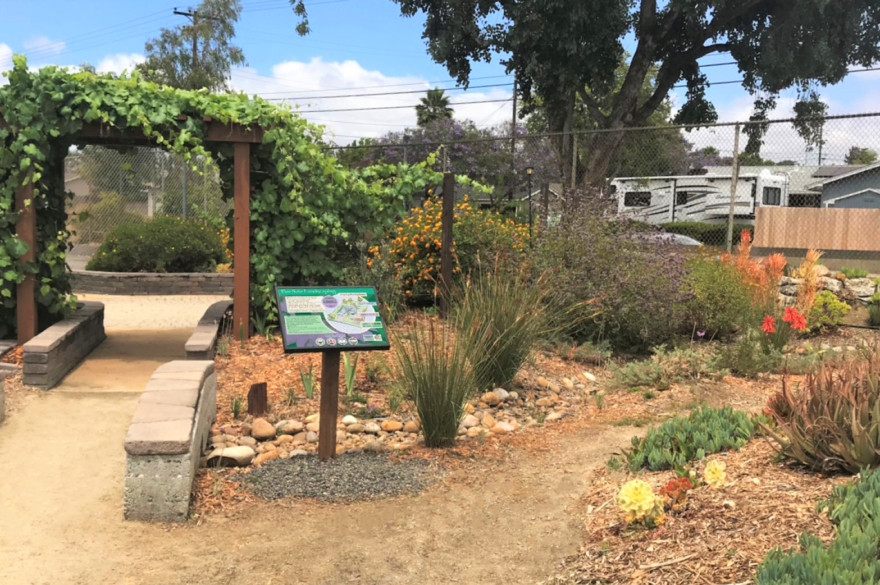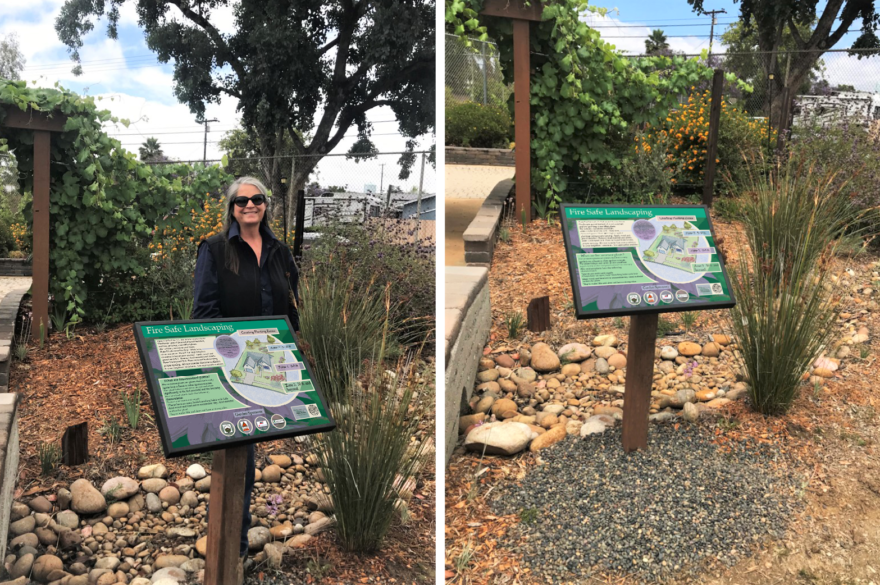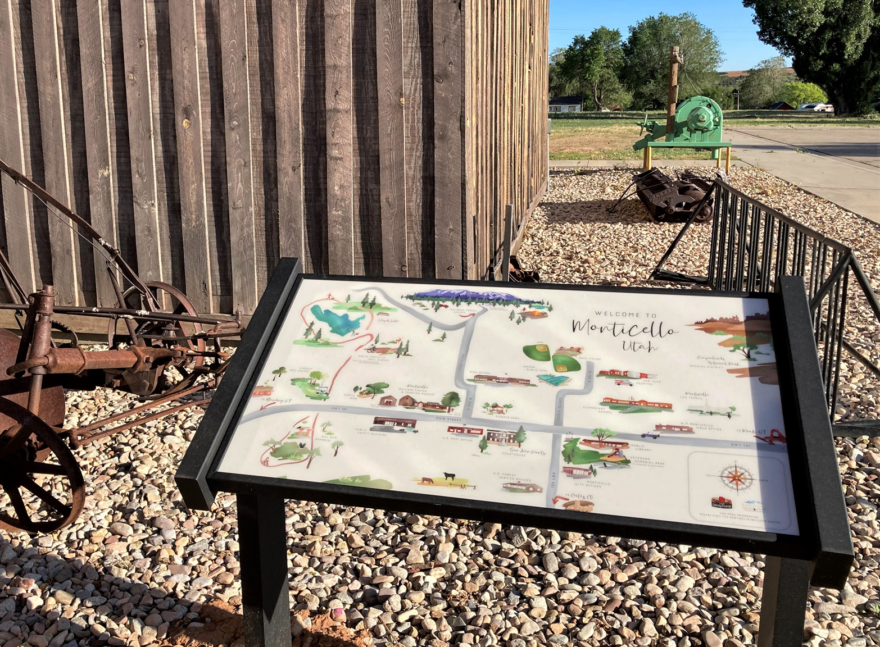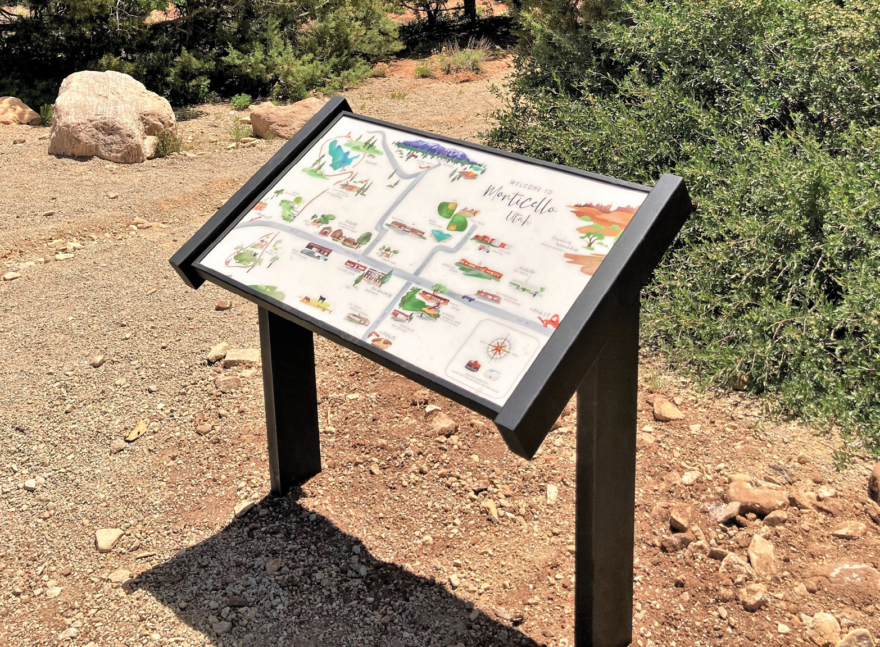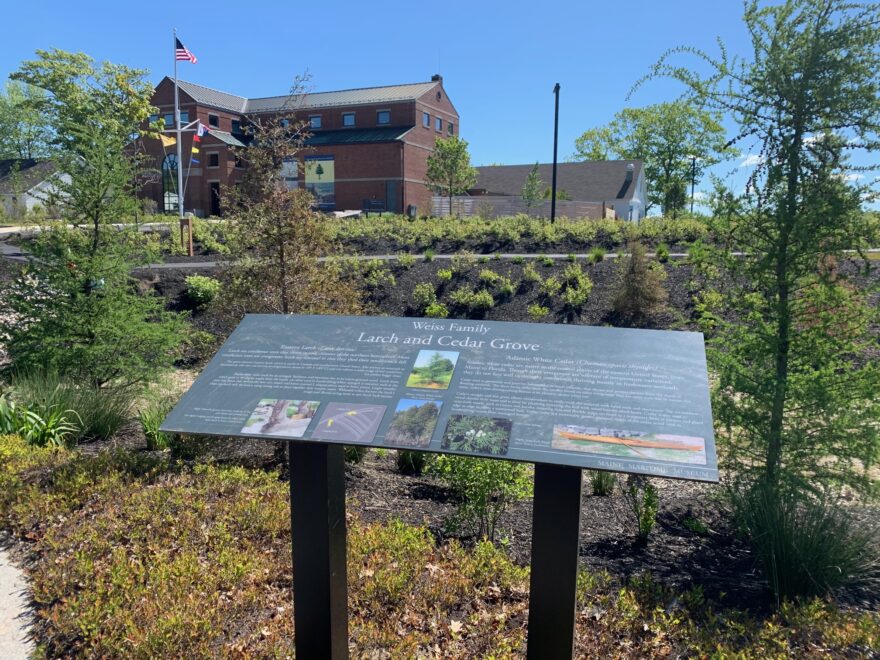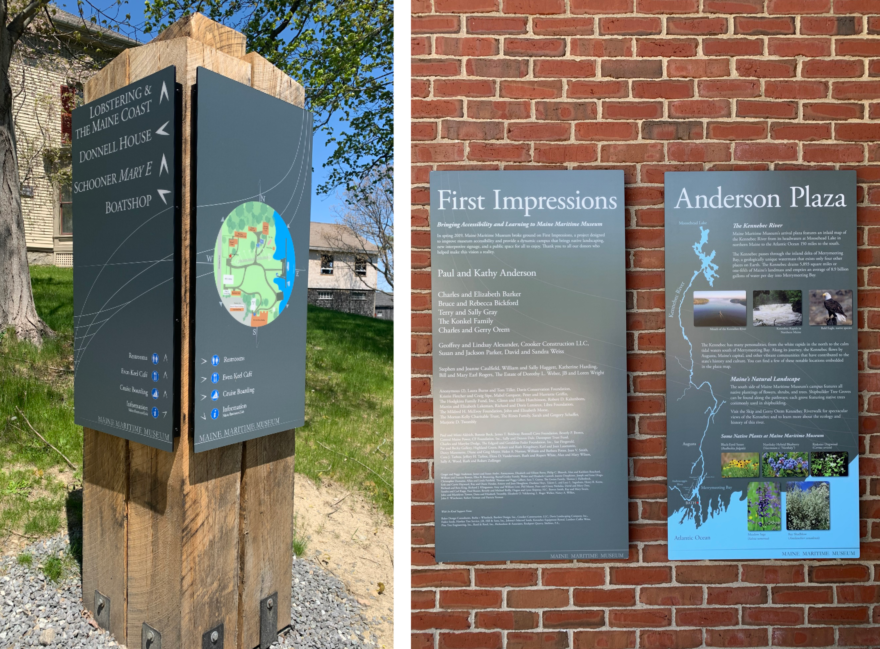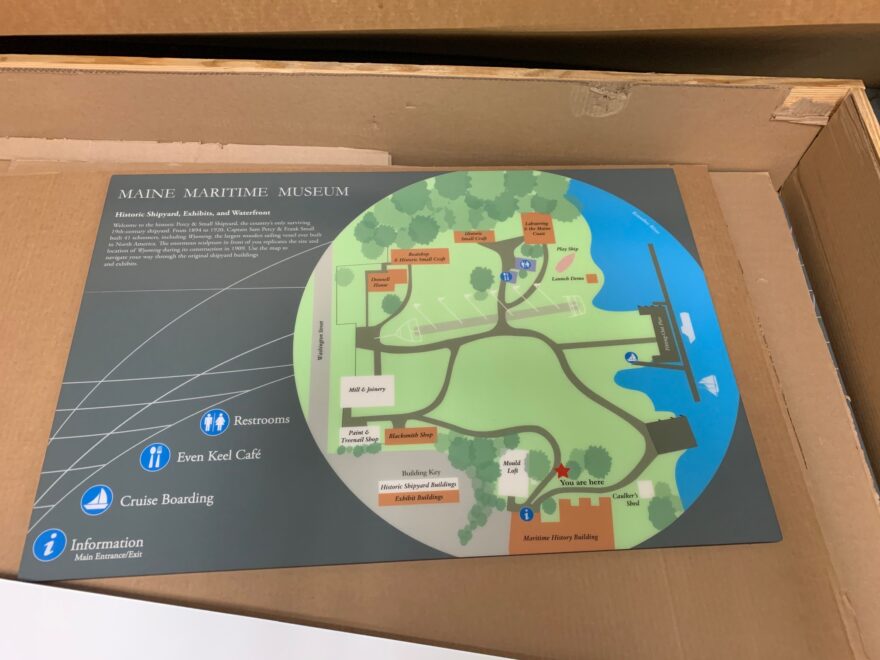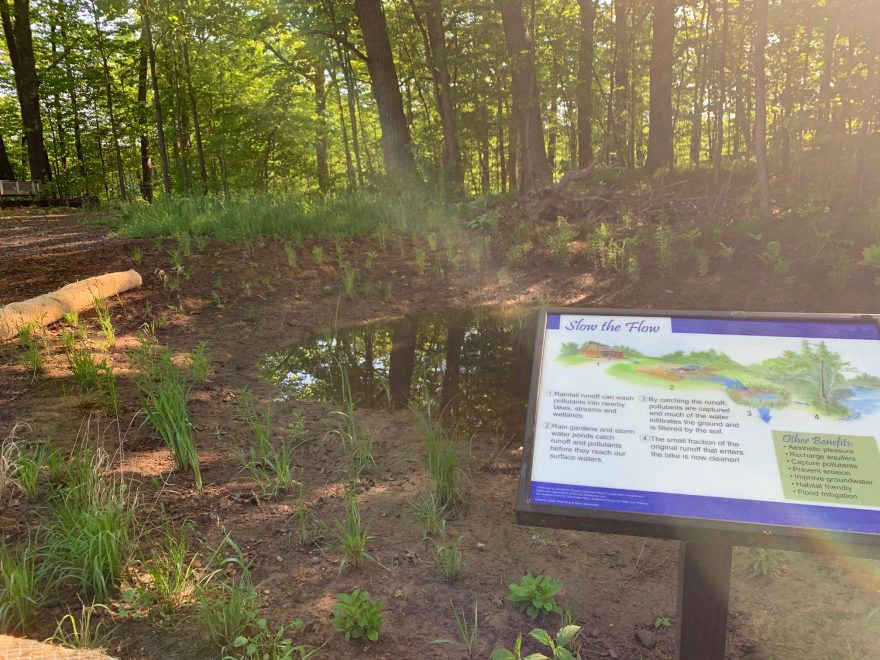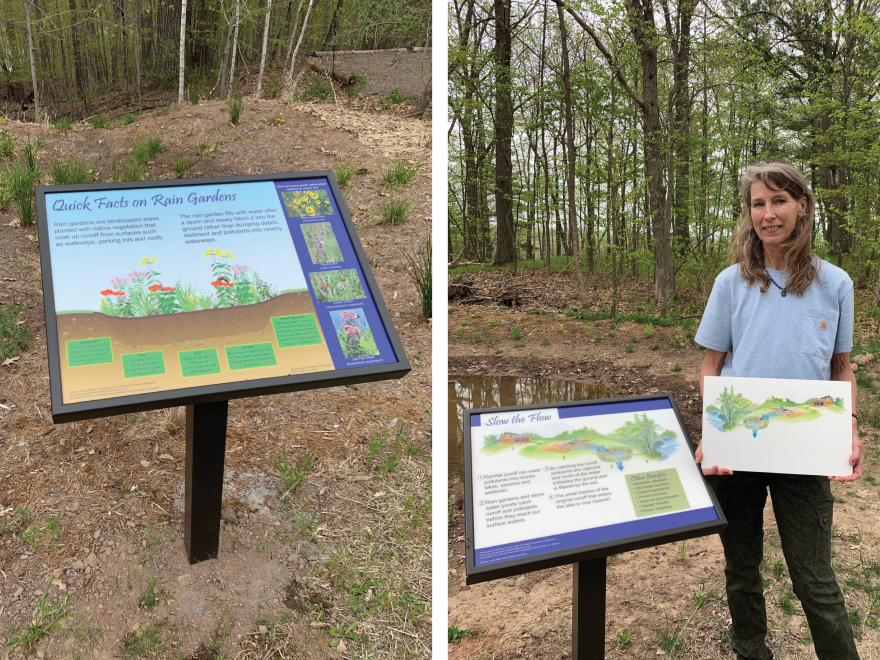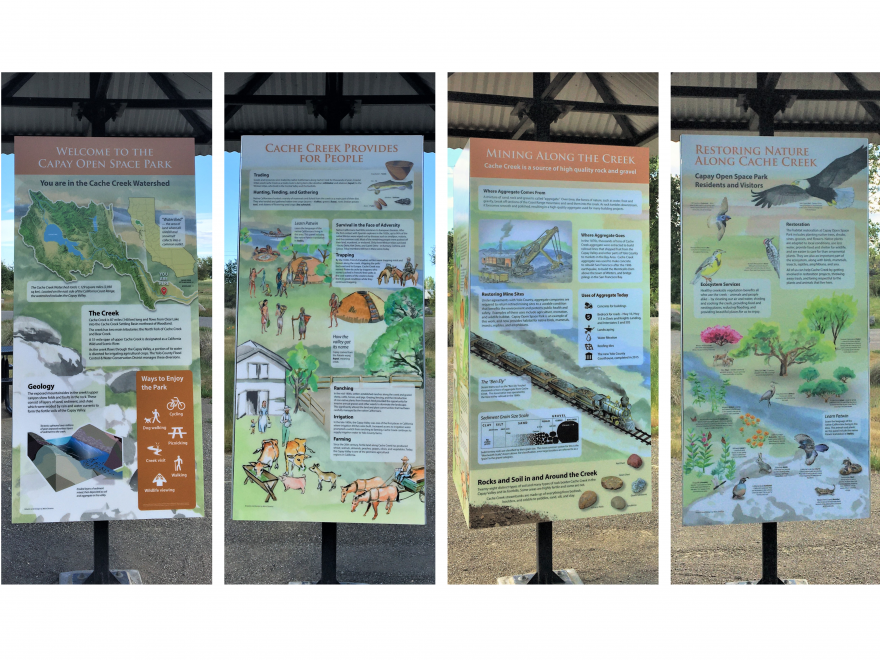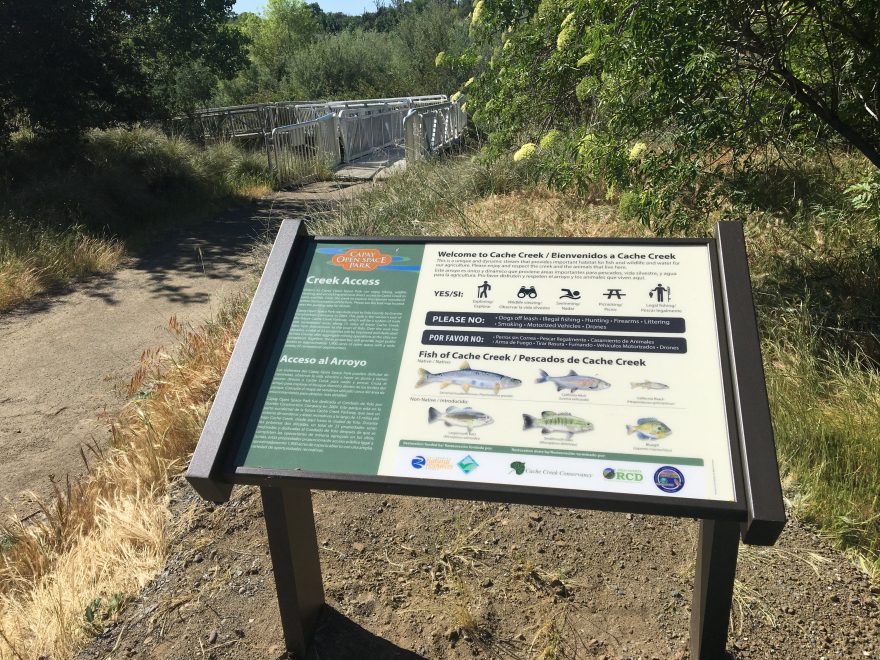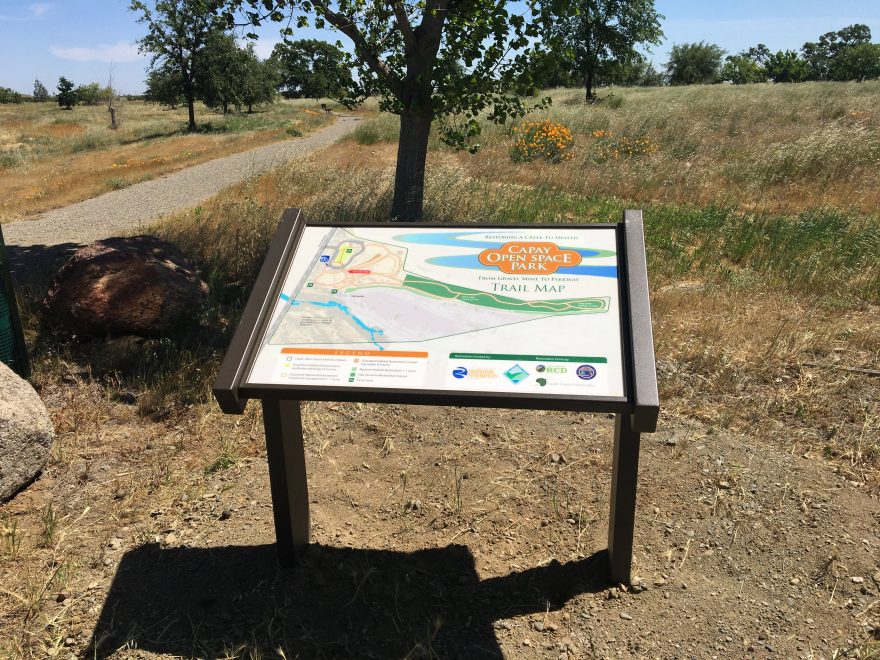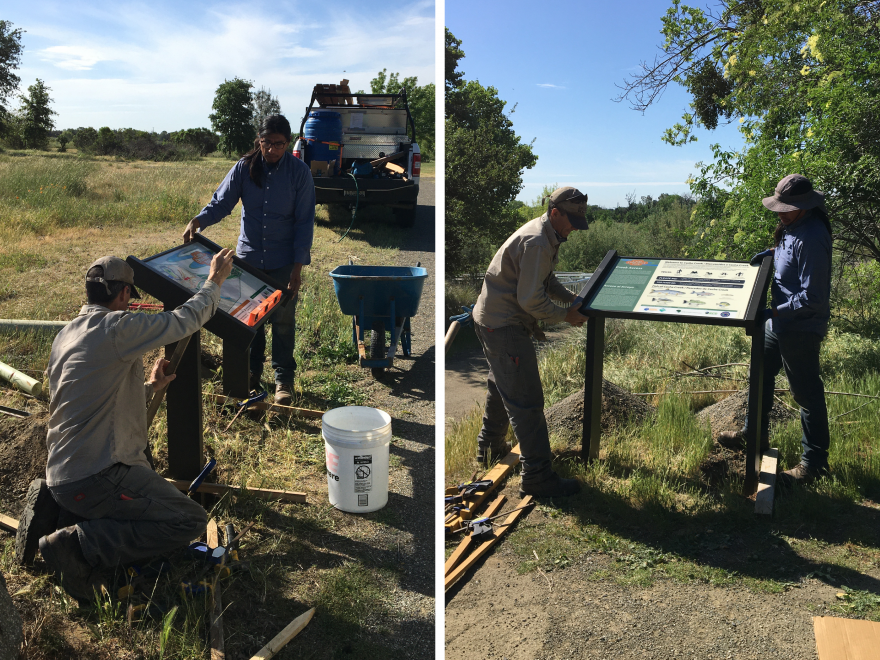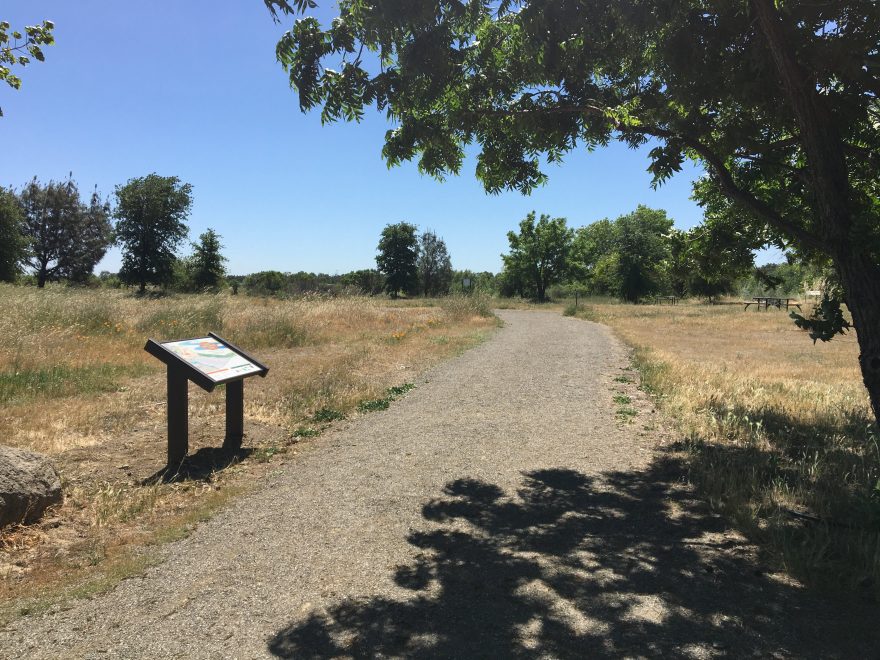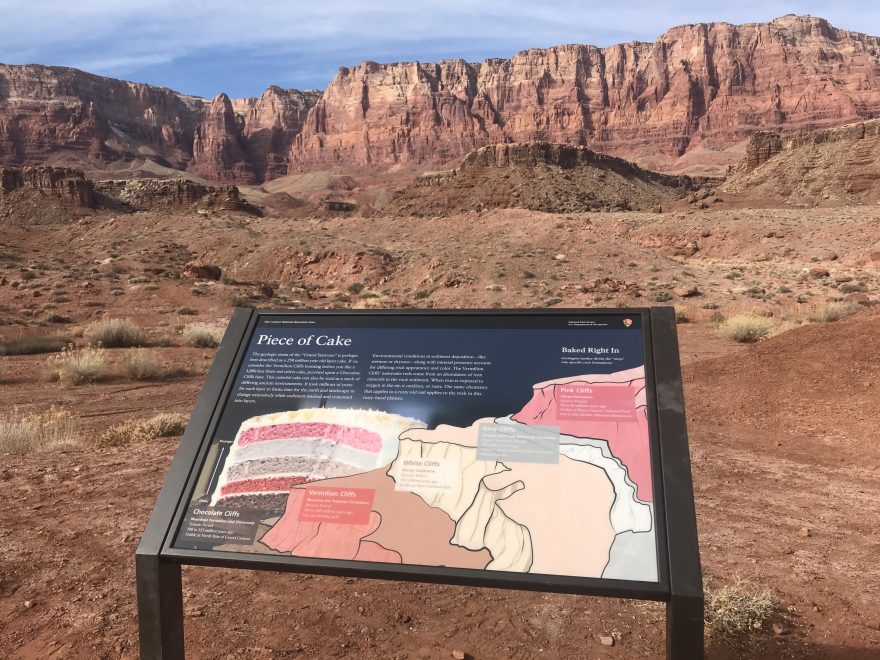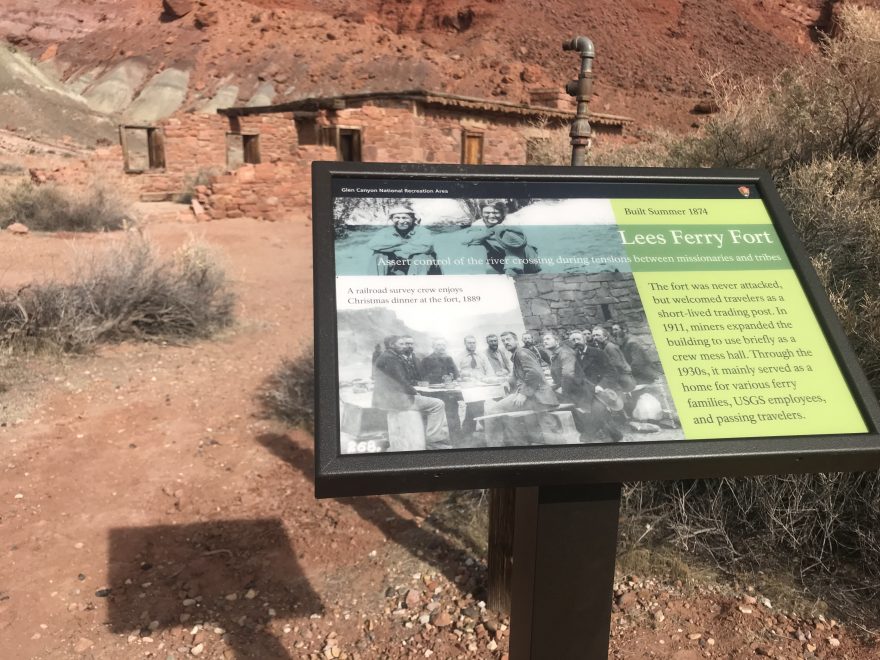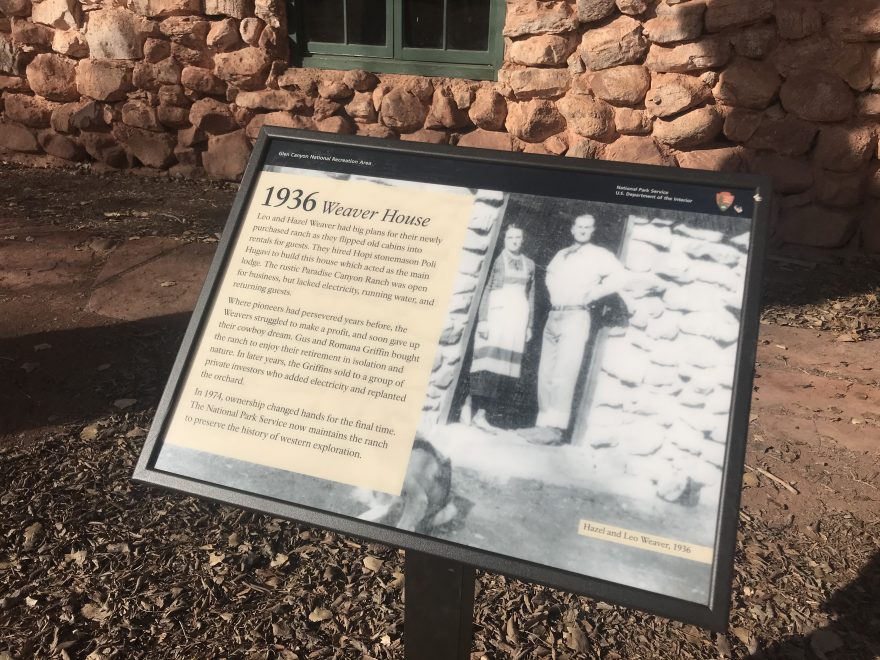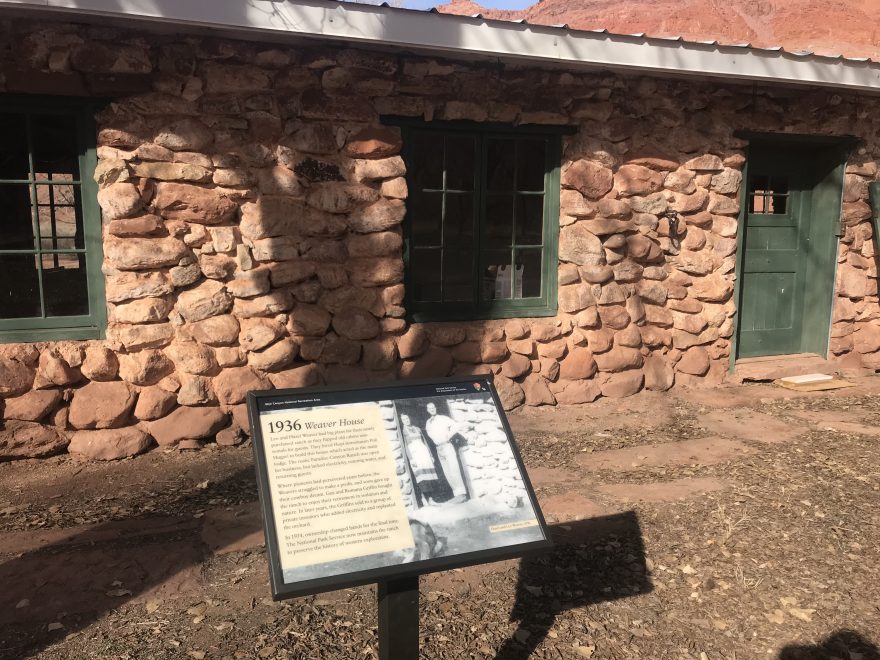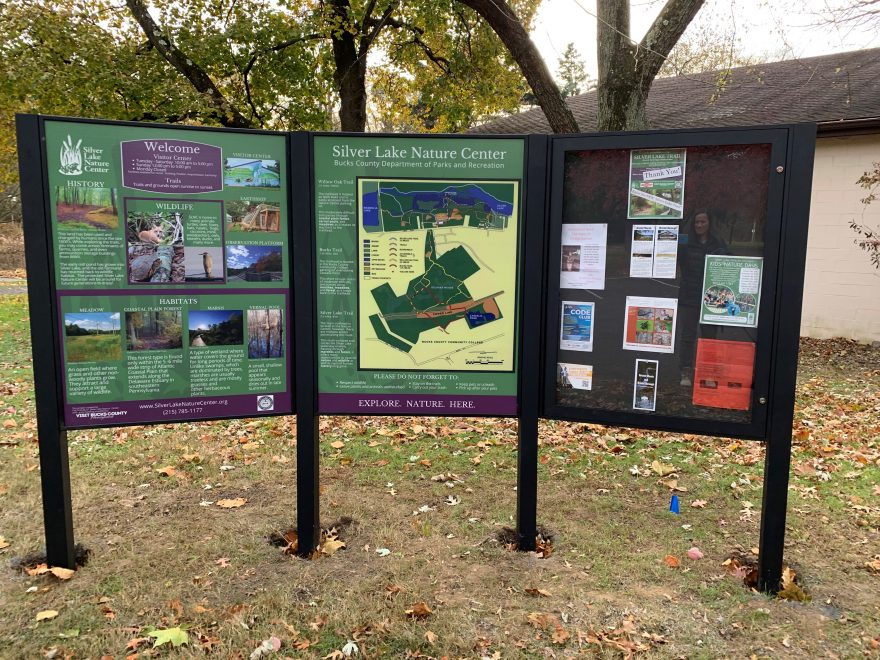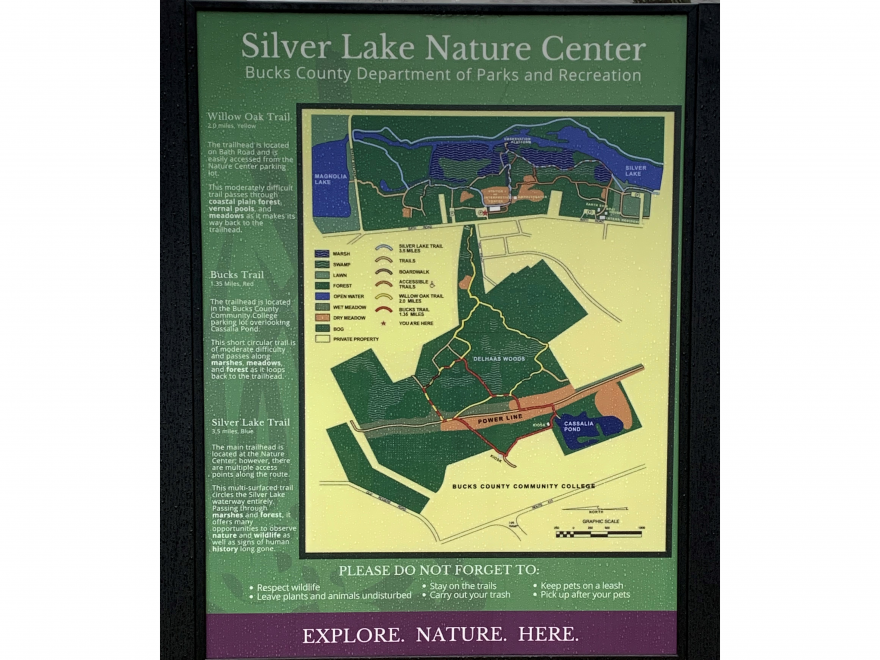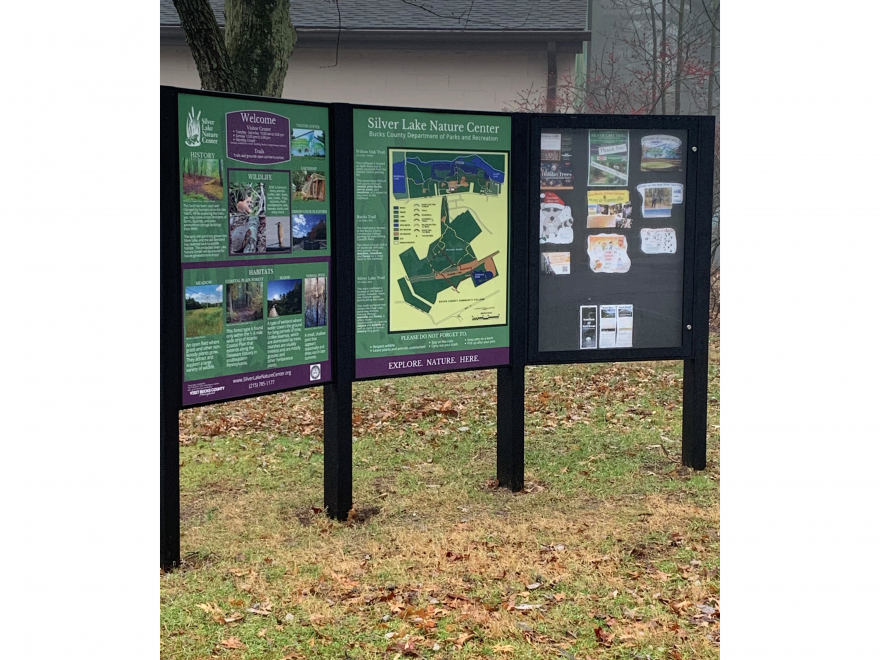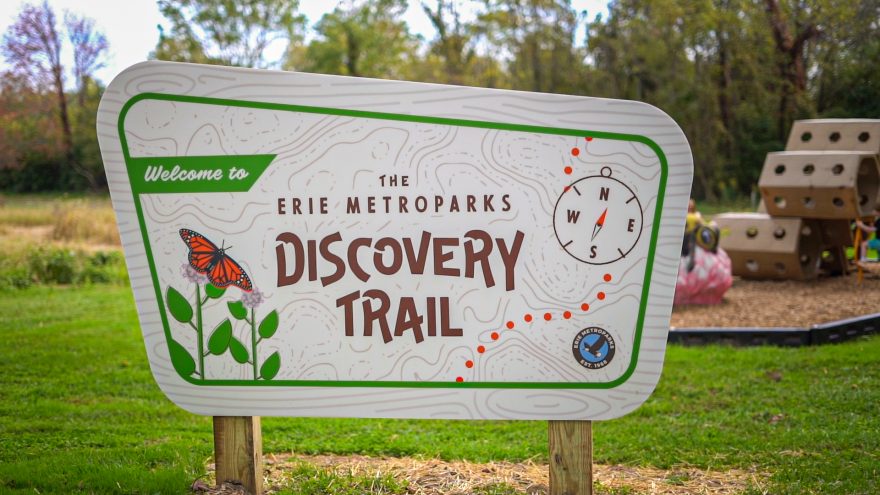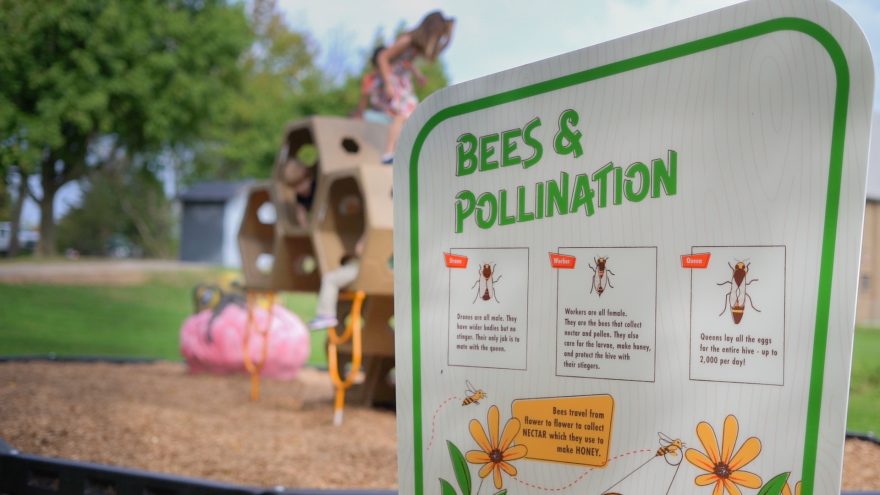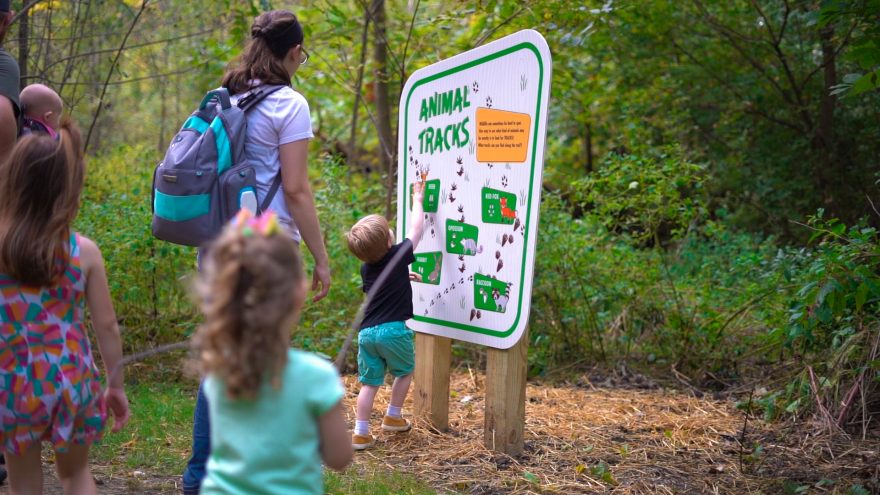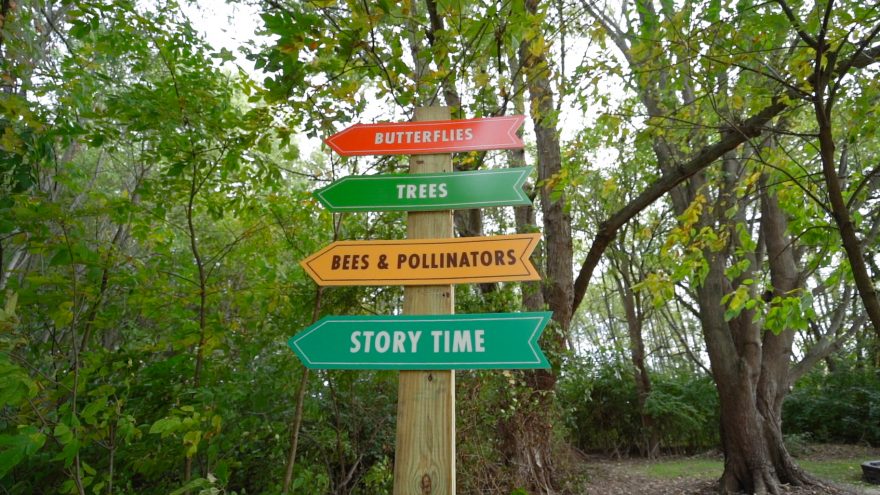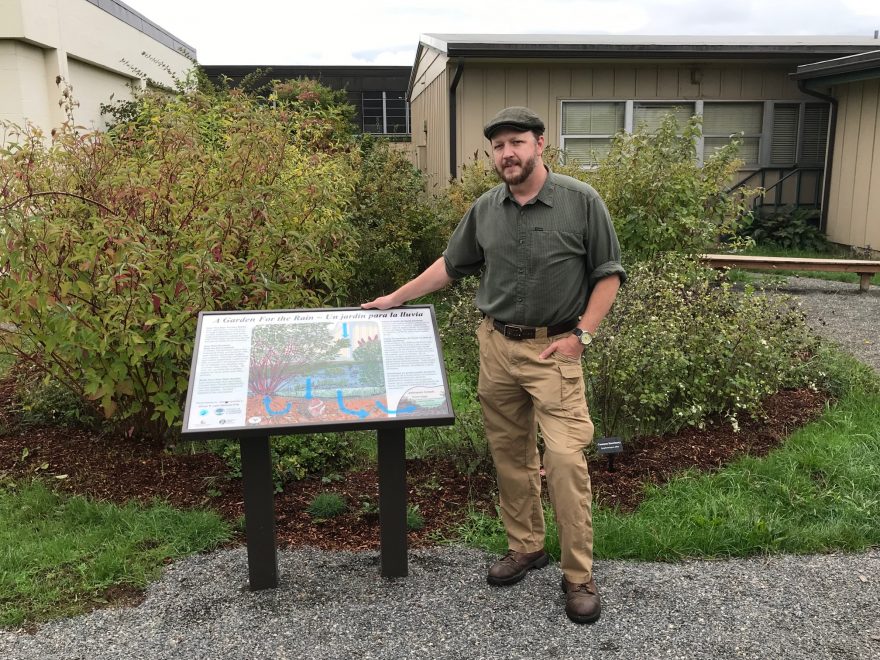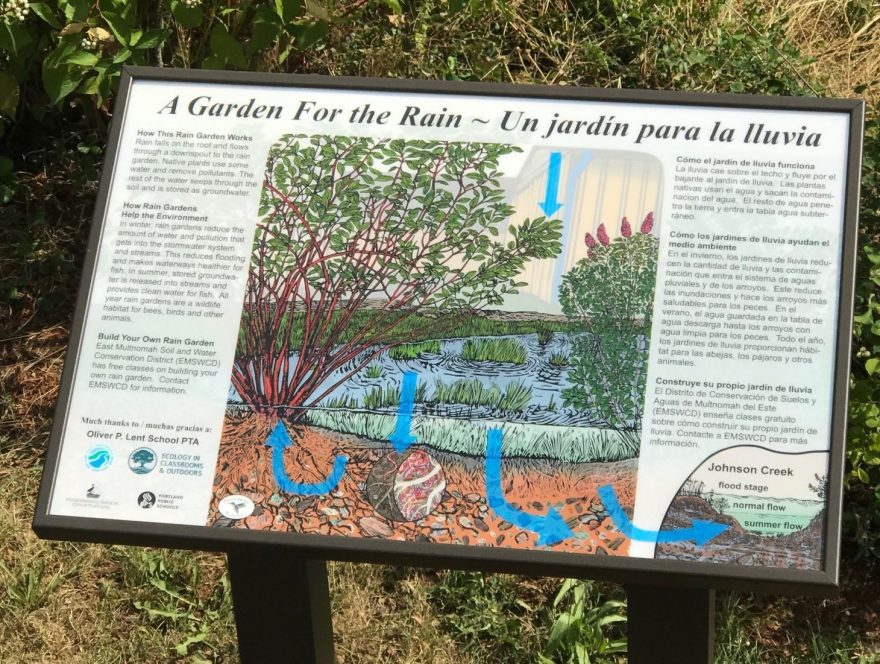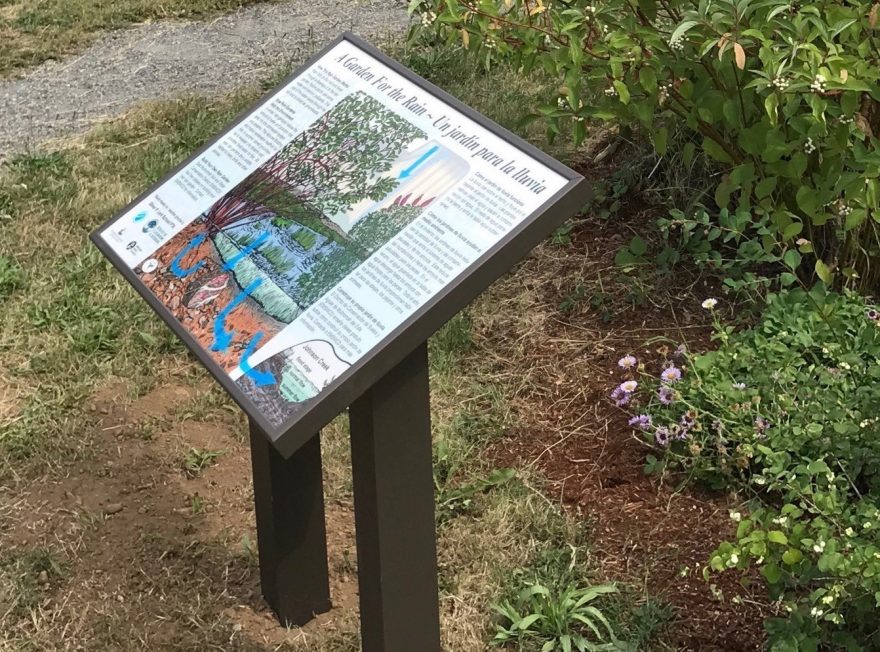The Wynola Estates Fire Safe Council (WEFSC) was established with the goal of helping southern California communities become more fire resilient. This is achieved through a variety of projects and programs to preserve natural resources, wildlife, and homes in the event of a fire. Founder and native San Diegan, Coko Brown moved to Wynola Estates in 2011 and has since seen great success in her nine years developing the nonprofit organization. Recently, she has extended her efforts and developed two outreach programs.
Wayside Exhibits Showcase Artistic Wayfinding Maps in Monticello
Wayside exhibits enhance the resident and visitor experience at any location. These exhibits come in many forms and serve a multitude of functions, but a popular purpose of wayside exhibits is to showcase wayfinding signs and maps. Wayfinding signs help people navigate new places, locate local points of interest, and can even beautify the surrounding area. Once installed, wayfinding signs are available at all times and accessible to anyone who takes a moment to stop and look.
Outdoor Museum Signage Ready For Maine’s Harsh Winters
Maine Maritime Museum, located in Bath, Maine, recently completed a redevelopment project of the front entrance and other outdoor areas on the museum’s 20-acre campus. Appropriately named “First Impressions,” the project focused on enhancing the visitor experience the second a guest steps onto campus. This was accomplished by creating new wayfinding and interpretive outdoor museum signage.
Water Runoff Management Provides Opportunity for Educational Signage
Hunt Hill Audubon Sanctuary is one of northern Wisconsin’s most diverse natural areas. At Hunt Hill, educating the public on environmental understanding and appreciation are the main missions. This is achieved through dozens of camps and classes throughout the year, but when an instructor isn’t present, Hunt Hill recognizes the importance of educational signage.
Community Involvement Helps Complete a Milestone Signage Project
Capay Open Space Park (COSP) is a 41-acre park located in Esparto, California. The area is rich in cultural and natural history and has been open to the public for over ten years. However, until recently, the park and its public access to Cache Creek was virtually unknown and received few visitors due to the lack of wayfinding and interpretive signage.
Gel Coat Laminate Interpretive Panels Give Arizona’s Desert Region New Life
The Lees Ferry District of Glen Canyon National Recreation Area in northern Arizona is home to miles of trails with many historic sites along the way offering incredible stories of the desert’s history. The trails and sites were in need of fresh interpretive signage to help give visitors a memorable, self-guided educational experience. A signage overhaul is no small undertaking, especially when considering a 120-acre area of land visited by over a million people every year.
Sharing Community News on a Triple Offset Frame Complete with Bulletin Case
Silver Lake Nature Center (SLNC) is a 450-acre “natural treasure” located northeast of Philadelphia, Pennsylvania. The land belongs to Bucks County and is free for visitors, residents, and furry friends to enjoy. There is plenty to do while wandering the 7.5 miles of trails, but a lot more goes on at the nature center than what meets the eye.
The staff at Silver Lake Nature Center needed a way to communicate the activities, workshops, trail alerts, and other information to those who walked through the rich woodlands. A Pannier Triple Offset frame, integrated with a bulletin case, was the perfect solution.
Discovering Erie County Trails Through Forty-Eight, Cut-To-Shape, Fiberglass Embedded Panels
Home to 12 public parks and 30 miles of trails, Erie MetroParks provide opportunities for visitors and residents to enjoy and appreciate the public land in Erie County, Ohio.
Located in Osborn MetroPark is the Erie MetroParks Discovery Trail. The Discovery Trail is a first-of-its-kind, mile-long trail system featuring five play pods. These interactive pods are made up of larger-than-life play structures that mimic local wildlife and plant life.
As a conservation park district, Erie MetroParks ensures that natural resources are cared for by educating the public on the importance and unique qualities of the natural world around them. This makes the signage for the Discovery Trail just as important as the trail and play pods themselves. To carry out this mission of conservation, Erie MetroParks staff called on Pannier to bring their educational, interpretive, and wayfinding signs to life.
Double Pedestal, Interpretive Sign Transforms Portland Rain Garden
Averaging 43 inches of rainfall per year, Portland, Oregon is home to many rain gardens. These gardens contain plants that absorb pollutants, keeping them from local streams and rivers, and recharge the groundwater supply that provides water for fish and other aquatic life.
A grant from the Portland Bureau of Environmental Services made it possible to showcase this process through an interpretive sign, located in the Oliver P. Lent School rain garden. The sign tells the story of why rain gardens are part of Portland’s strategy for improving the health of its rivers and streams. Each step is described in English and Spanish in the narrative section of the sign.
Plainsboro’s Centennial Anniversary Celebrated with Fiberglass Embedded Graphics
In 2019, the Township of Plainsboro, New Jersey, celebrated 100 years of pride and progress. This momentous milestone involved a year-long series of events to engage the community through monthly activities, photo contests, historical timelines, testimonials, and more.
One of these events was the Centennial Founder’s Day Celebration, held in May 2019. The event included the grand re-opening of the historic Wicoff House Museum, an 1870s farmhouse that was the home of one of the township’s founders. To celebrate this grand re-opening, Plainsboro Township knew they needed something memorable to honor the events and people which make up its history.

